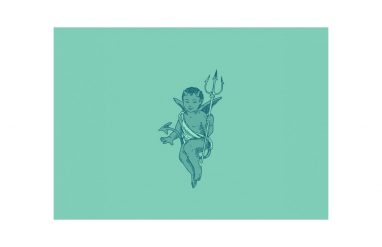For people outside of the world of golf, the language used in the game can be confusing. Bogey, fore, par—these and other words may or may not mean anything to you, but on the course, they’re the only way to understand what’s going on. And then there are the words that started with golf but have become more synonymous with other meanings, like stymie.
Before playing a round, or if you simply want to understand what’s going on while you watch it on TV, you first have to understand the context of these words.
While you’re practicing your putting and your golf language, consider adding these popular emojis to your writing repertoire: ⛳ flag-in-hole emoji, 🏌️♀️ woman golfer emoji, 🏌️ golfer emoji, and 🏌️♂️ man golfer emoji.





















